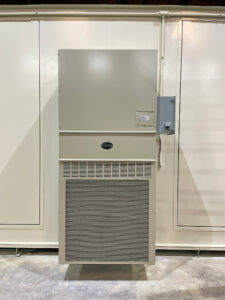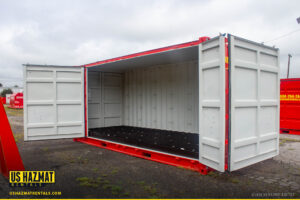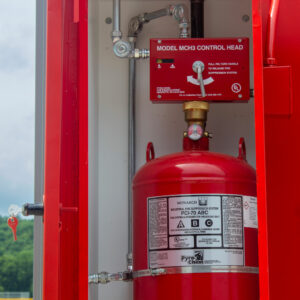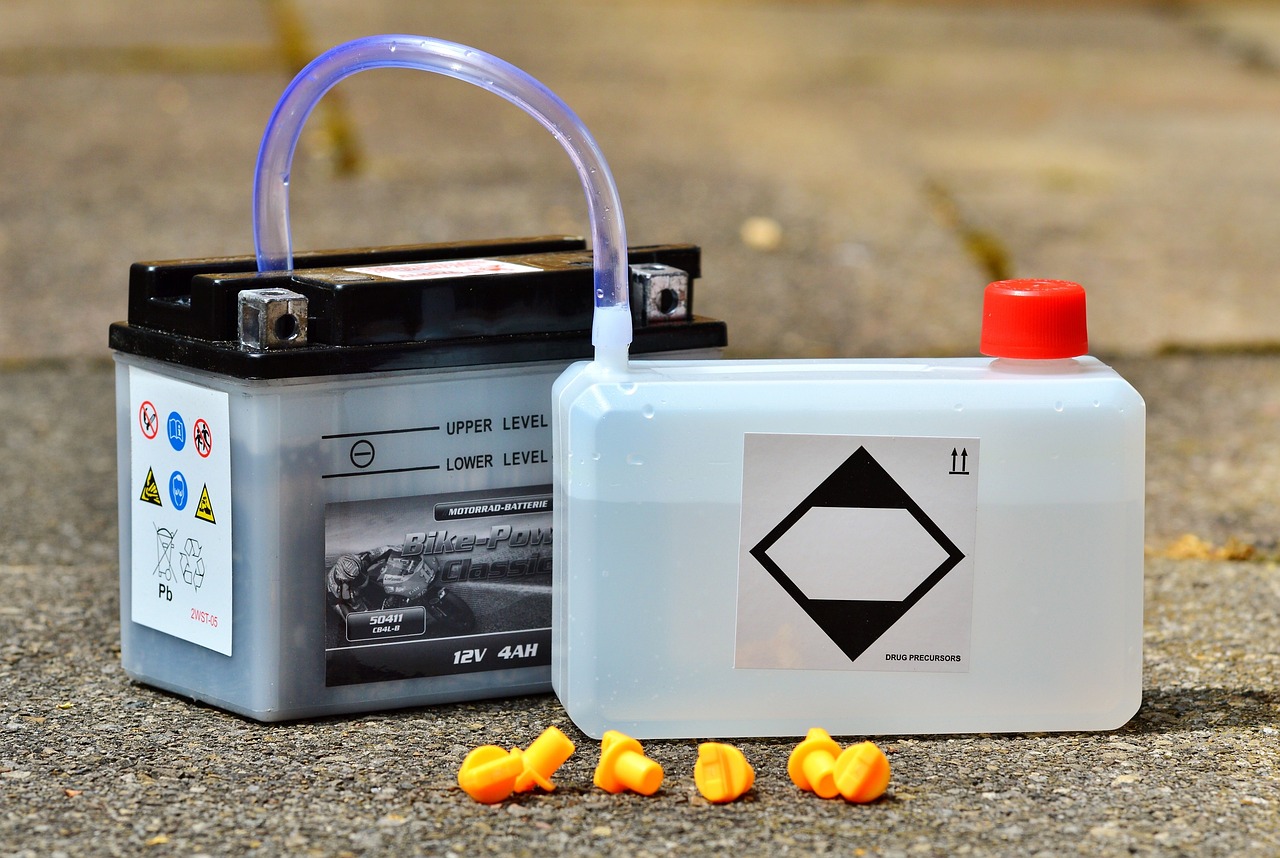Federal regulations for compliant electrolyte barrel storage could come under greater scrutiny as American manufacturing continues its green energy transition. Global demand for lithium-ion batteries will grow steadily, with a compound annual growth of 20 percent forecasted during the next six years. Electrolytes play a vital role in the manufacture of lithium-ion batteries. Electrolytes transport lithium ions to nodes, allowing for the charging and discharge of cells. While every chemical classification requires a unique and comprehensive storage solution, electrolyte accommodations include special considerations. U.S. Hazmat Storage can provide climate-controlled chemical storage warehouses designed explicitly for environmentally sensitive stainless steel electrolyte barrels.
Electrolyte Barrel Storage Requirements

Electrolytes are volatile, with an appreciated propensity for flammability and explosion. Electrolytes should be stored in climate-controlled chemical storage lockers. Although electrolyte solutions can exist in heterogeneous or homogeneous form, high-purity solvents, lithium salts, and other additives are the more common transfer fluids. Electrolytes can exogenously generate toxic hydrogen fluoride gas in storage areas without mechanical ventilation, as heavier, humid conditions could render unstable solvents. Harmful gasses from improper electrolyte barrel storage can irritate skin and lungs through inhalation or close contact. Our fire-rated chemical storage lockers can have responsive mechanical ventilation and climate control, negating potential atmospheric risks.
Comprehensive Electrolyte Barrel Solutions

While differing chemical classifications are inherently incompatible, electrolyte canisters pose more serious risks. Electrolytes are extremely flammable and susceptible to rapid temperature fluctuations that pose dichotomous volatility and degradation chemical transformations. Electrolyte canisters should always be stored in separate chemical storage warehouses. Although regulations from authorities having jurisdiction will vary, electrolyte barrels and canisters should never be stacked. Chemical storage warehouse egresses and walkways should always be free of clutter. Electrolyte canisters should be pressurized, as this could increase the risk of fire and explosion.
Optional Fire Suppression Further Safeguards Solvents

Although the necessity for readily available fire-retardant will differ depending on stockpile size, onsite fire suppression can mitigate outsized combustion risks. Most industry experts agree that phosphorous-based retardants are best suited for extinguishing electrolyte fires. Our standard fire suppression externalized piped system can quickly douse accidental fires through remote activation. Chemical storage lockers for electrolyte canisters should always be placed outside production facilities, away from vulnerable equipment and personnel. Our knowledgeable building advisors can develop a comprehensive storage solution for stockpiles of various sizes of electrolyte canisters. Contact us today for a free quote and consultation.


